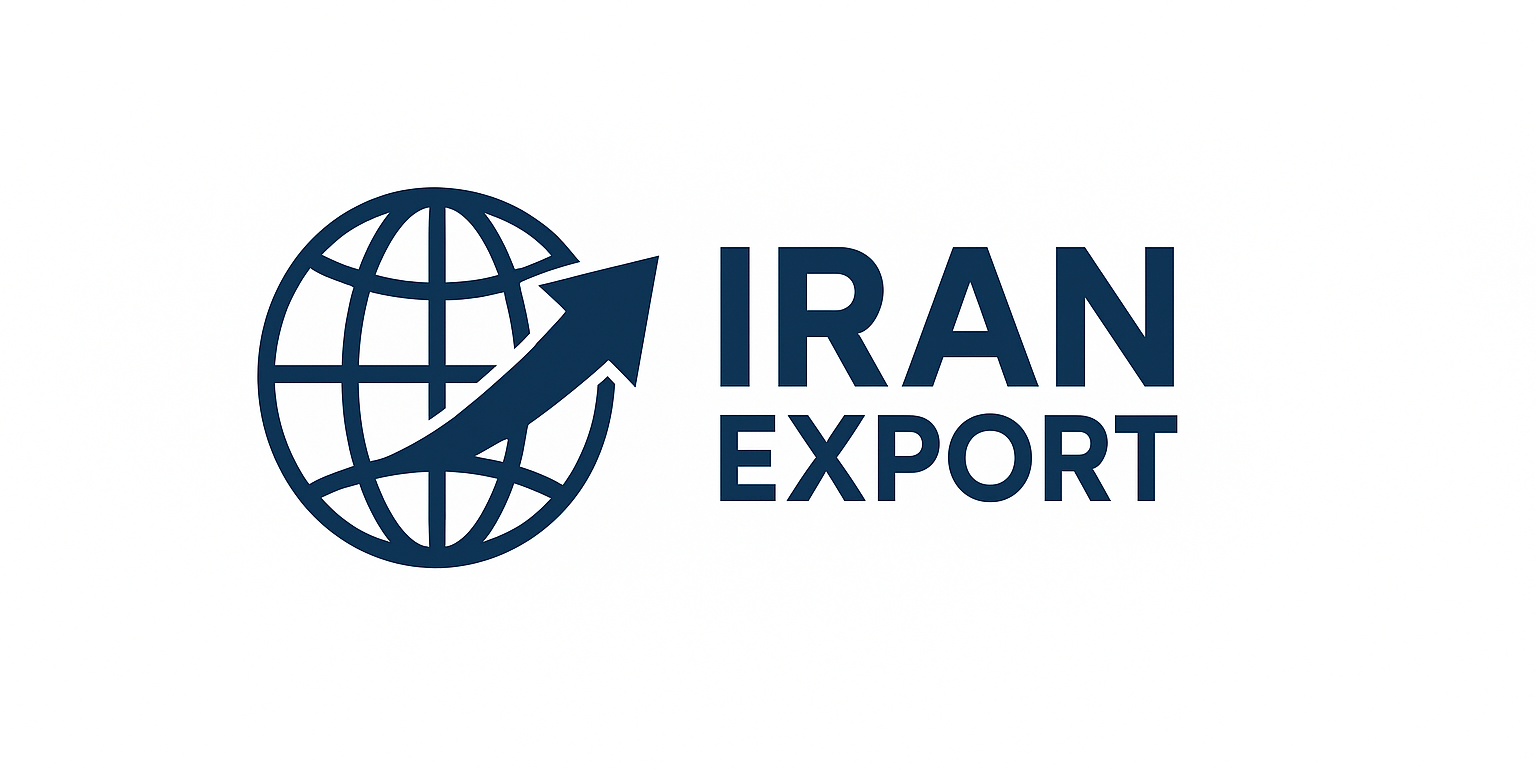
Iran’s Role in Methanol Exports: Key Markets and Global Trends
Introduction
The global methanol industry has witnessed significant growth in recent decades, driven by its diverse applications in fuels, chemicals, and manufacturing. As one of the world’s leading producers of methanol, Iran has carved out a vital position in the international market, leveraging its abundant natural gas reserves and expanding petrochemical infrastructure. This article explores Iran’s role in methanol exports, highlights its major markets, and analyzes emerging global trends that shape the industry’s future.
The Importance of Methanol in the Global Economy
Methanol is a versatile chemical with applications across numerous industries:
-
Energy: Used as a clean-burning fuel and a blending component in gasoline.
-
Chemicals: A feedstock for formaldehyde, acetic acid, and olefins production.
-
Renewables: Emerging as a sustainable option for biodiesel and fuel cells.
The growing demand for methanol, particularly in Asia and developing economies, makes it a strategic product in global trade.
Iran’s Competitive Advantage in Methanol Production
Iran holds one of the largest proven natural gas reserves in the world, providing a low-cost feedstock advantage for methanol production. Coupled with state-of-the-art petrochemical plants in regions such as Assaluyeh and Mahshahr, the country has become a significant player in methanol exports.
Key advantages include:
-
Abundant Natural Gas Resources – Lower production costs compared to many competitors.
-
Strategic Geographic Location – Proximity to high-demand markets in Asia and Europe.
-
Expanding Production Capacity – Continuous investments in new petrochemical complexes.
Iran’s Position in Global Methanol Exports
Iran consistently ranks among the top five global methanol exporters. According to recent trade data, the country accounts for a substantial share of global methanol exports, competing with producers such as China, Saudi Arabia, and Trinidad & Tobago.
Despite challenges related to international sanctions and logistical restrictions, Iran has maintained a strong presence in global methanol trade, thanks to competitive pricing and established trade relationships.
Major Export Markets for Iranian Methanol
Iran’s methanol exports are primarily directed toward Asia, where demand is surging due to industrial growth. The key markets include:
-
China: The largest importer of methanol worldwide, driven by demand in fuel blending and methanol-to-olefins (MTO) projects. Iran is a key supplier, benefiting from China’s vast consumption.
-
India: A rapidly growing market, particularly in energy and chemical sectors, where Iran’s competitive prices offer strong appeal.
-
Southeast Asia: Countries like Indonesia, Thailand, and Vietnam are expanding methanol consumption in fuels and downstream industries.
-
Europe: Though smaller in scale due to logistical and regulatory factors, Europe still represents a steady market for Iranian methanol, especially for industrial uses.
Global Trends Shaping Methanol Exports
The methanol industry is undergoing transformation, with several global trends influencing Iran’s position:
-
Shift Toward Cleaner Fuels
As countries adopt stricter environmental standards, methanol is gaining recognition as a cleaner fuel alternative. This trend supports long-term demand growth, particularly in the transport and shipping sectors. -
Growth of Methanol-to-Olefins (MTO) Technology
China’s large-scale MTO plants create enormous demand for methanol as feedstock, further solidifying its role in global petrochemical value chains. -
Renewable Methanol and Green Energy
The rise of renewable methanol, produced from biomass or captured carbon, is reshaping the industry’s future. While Iran currently focuses on natural gas–based methanol, opportunities exist for investment in sustainable alternatives. -
Geopolitical and Trade Challenges
Sanctions and trade restrictions continue to influence Iran’s access to certain markets. However, regional partnerships and alternative trade mechanisms help sustain its export flows.
Challenges Facing Iran in Methanol Exports
While Iran has strong advantages, it also faces challenges that impact its global competitiveness:
-
International Sanctions: Restrictions on financial transactions and logistics complicate trade operations.
-
Infrastructure Limitations: Port capacity and transportation networks need further development to meet growing export volumes.
-
Global Competition: Rival producers like Saudi Arabia and China continue to expand their methanol capacity.
-
Sustainability Transition: As the world shifts toward green methanol, Iran must adapt to remain competitive in the long run.
Future Outlook for Iran’s Methanol Exports
Despite these challenges, the outlook for Iran’s methanol exports remains positive. With ongoing investments in petrochemical plants and the global market’s increasing reliance on methanol, Iran is poised to strengthen its role in international trade. Key strategies for future growth include:
-
Expanding production capacity to meet rising demand in Asia.
-
Strengthening trade partnerships with China, India, and Southeast Asia.
-
Investing in renewable methanol technologies to align with global sustainability trends.
-
Upgrading infrastructure and logistics for more efficient export operations.
Conclusion
Iran’s methanol industry stands at the crossroads of opportunity and challenge. Backed by abundant natural gas reserves, cost-effective production, and strategic geographic positioning, Iran remains a key global supplier of methanol. Its primary markets in Asia, particularly China and India, ensure steady demand, while global trends such as cleaner fuels and MTO technology further boost prospects.
However, to maintain and expand its market share, Iran must address trade restrictions, invest in sustainable production, and enhance infrastructure. With the right strategies, the country has the potential to not only retain but also expand its role in the global methanol supply chain.

